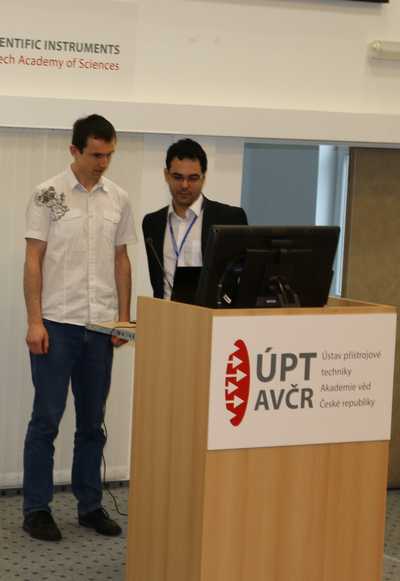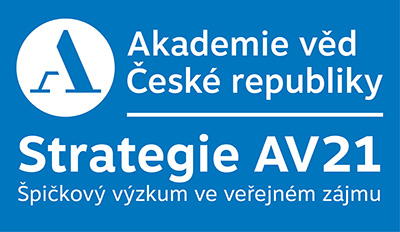"New electron sources"
On 23-24 March 2017 the Institute of Instrumentation of the Academy of Sciences of the Czech Republic visited an important researcher in the field of laser physics RNDr. Martin Kozák, Ph.D., from Friedrich-Alexander Universität, who was the guest of a two-day workshop on "New sources of electrons".
On Thursday, a public lecture took place at the ISI CAS Hall on the topic of "laser-stimulated autoemission", where Martin Kozák presented his research at the University of Erlangen where he has been working for two years.
M. Kozák deals with the study of electron beam tests on 10-15s time scales (one fs) using optical near-field fields of nanostructures driven by ultra-short laser pulses. The aim of these experiments is to improve the experimental methods used to study the dynamics of structural changes in solids, Dynamics of chemical reactions using ultra-short electron bales. In practice, this new method could serve to track dynamic high-spatial processes
And time resolution.
This experimental technique could further serve to accelerate electrons and other charged particles by means of laser radiation. "In the future, a similar approach could lead to the reduction and reduction of conventional particle accelerators that would fit into the university lab," says Martin Kozak, adding that today the typical size of these devices is several hundred meters, and the new method should allow their hundred- Reduction and thus greatly contribute to the cheaper and higher availability of high-energy particles. A quarterly afternoon was reserved for a joint discussion in which future cooperation could be developed on the production of metal nanotubes for photo-emission measurements and the development of electron sources for time-resolved experiments.
The workshop took place with the support of the AV21 Strategy project "Diagnostic methods and techniques". 23 listeners participated. Coordinator of the activity is Ing. Alexandr Knápek, Ph.D. From separation - Electron microscopy, group - Microscopy and surface spectroscopy.













